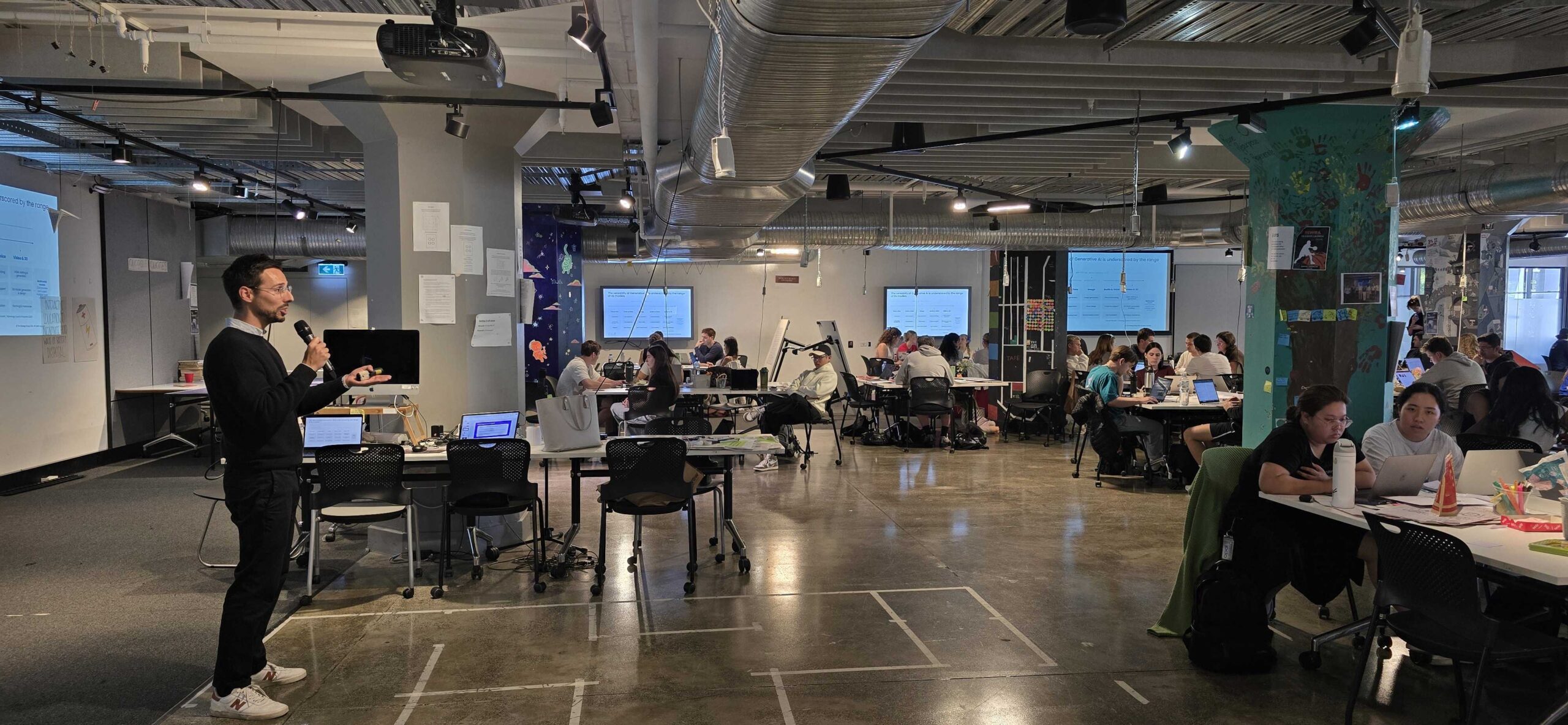Nielsen recently published this article on the winners of it’s 2014 Breakthrough Innovation Awards:
What do dieting, parenting and innovation have in common? All three have a surplus of books telling you how to succeed, but few of these guides actually work. And many of these solutions fail for the same reasons: they frame the fix in terms of mastering a set of tools, tips and tricks. To really change innovation outcomes, core beliefs about the innovation process must change.
Based on Nielsen’s studies of more than 17,000 new-product launches over the past three years, innovation involves more method than luck. This year’s Breakthrough Innovation winners (and those of years past) have succeeded, in part, because they hate risk and uncertainty. To minimize risk, they start with their end consumers, identify unmet needs in shoppers’ lives and develop products that meet those struggles—exactly.
To choose the 2014 Breakthrough Innovation Award winners, Nielsen studied more than 3,400 consumer-packaged-goods product launches in 2012. In all, 14 met the standards for distinctiveness, relevance and endurance needed to earn top honors.
WHAT BREAKTHROUGH INNOVATION WINNERS DO
Winners let go of preconceptions about innovation and allow consumers to define innovation. On first glance, many of the winning products many not seem all that innovative; for example, you could dismiss Nabisco’s belVita Breakfast Biscuit as “just a cookie.” But doing so is short-sighted. These products were able to break through where other products failed by listening to consumers and understanding what they were missing in their lives.
Winners, implicitly or explicitly, anchor innovation around consumers’ struggles because they know true innovations solve problems, meet needs, and end tradeoffs. Consider the case of Breakthrough Winner Kimberly-Clark’s Depend Silhouette and Real Fit Briefs: the insight went far beyond the functional desire for a more “underwear-like” product. The team studied compensating behaviors adopted by many people with incontinence. Their findings provided comprehensive insight for the brand to base its innovation around, featuring specific functional requirements, as well as powerful emotional and social aspects. As with most successful innovations, a product’s physical attributes comprise just one of the development’s many dimensions.
Focusing on consumers’ unmet demands, allows winners to make category expansion a strategic input to their innovation process. An impressive 50 percent of Breakthrough Winners’ sales, on average, are from category expansion. That means they bring new users into the category or address new circumstances of use—or both. And it could also mean offering a new benefit bundle that convinces existing category buyers to pay a price premium. Two-thirds of Breakthrough winners introduce offerings that command premium prices.
But staying on track is crucial. Winners realistically align their capabilities with the consumer struggle they initially identified. They know if their demand-driven insight will exceed internal capabilities, the company will still support the innovation. Winners know that forcing an innovation into legacy processes and resources may doom it to failure.
“For precisely this reason,” Kraft breakthrough innovation vice president, Barry Calpino explained, “we abandoned our legacy innovation process designed by outside engineers. We replaced it with a process that, first, is designed by the process heavy users—including the marketers—who actually live with it and manage innovation projects and, second, has the appropriate innovation action standards that keep us true to the driving insight and are aligned with the desired outcomes.”
Finally, winners sustain focus well past launch—and not just focus on funding. Breakthrough innovators know that leaving hard-won lessons behind on the battlefield endangers any effort to build enduring systems that enjoy repeat success. And, as any good athlete knows, success breeds success.
For example, in 2007, it seemed as though beer’s better days lay in the past, as young adults shifted away from the “pleasantly bitter” taste of beer in favor of sweeter, lighter alcoholic beverages such as flavored vodkas and new twists on tea and lemonade. Yet, in the face of such headwinds, Anheuser Busch’s Bud Light brand has launched not one but three major successes and two Breakthrough Winners, including Bud Light Lime Ritas, one of this year’s winners that sold over half-a-billion dollars in two years.
By concentrating on a specific unmet need in consumers’ lives, expanding categories and staying aligned to the initial insight from development to market, winners transform the innovation process from one where risk and waste are designed into the process, to one where they’re systematically removed. To do so, they treat innovation like a management discipline similar to manufacturing, HR and finance. This empowers managers to improve success rates and boost innovation return on investment.












